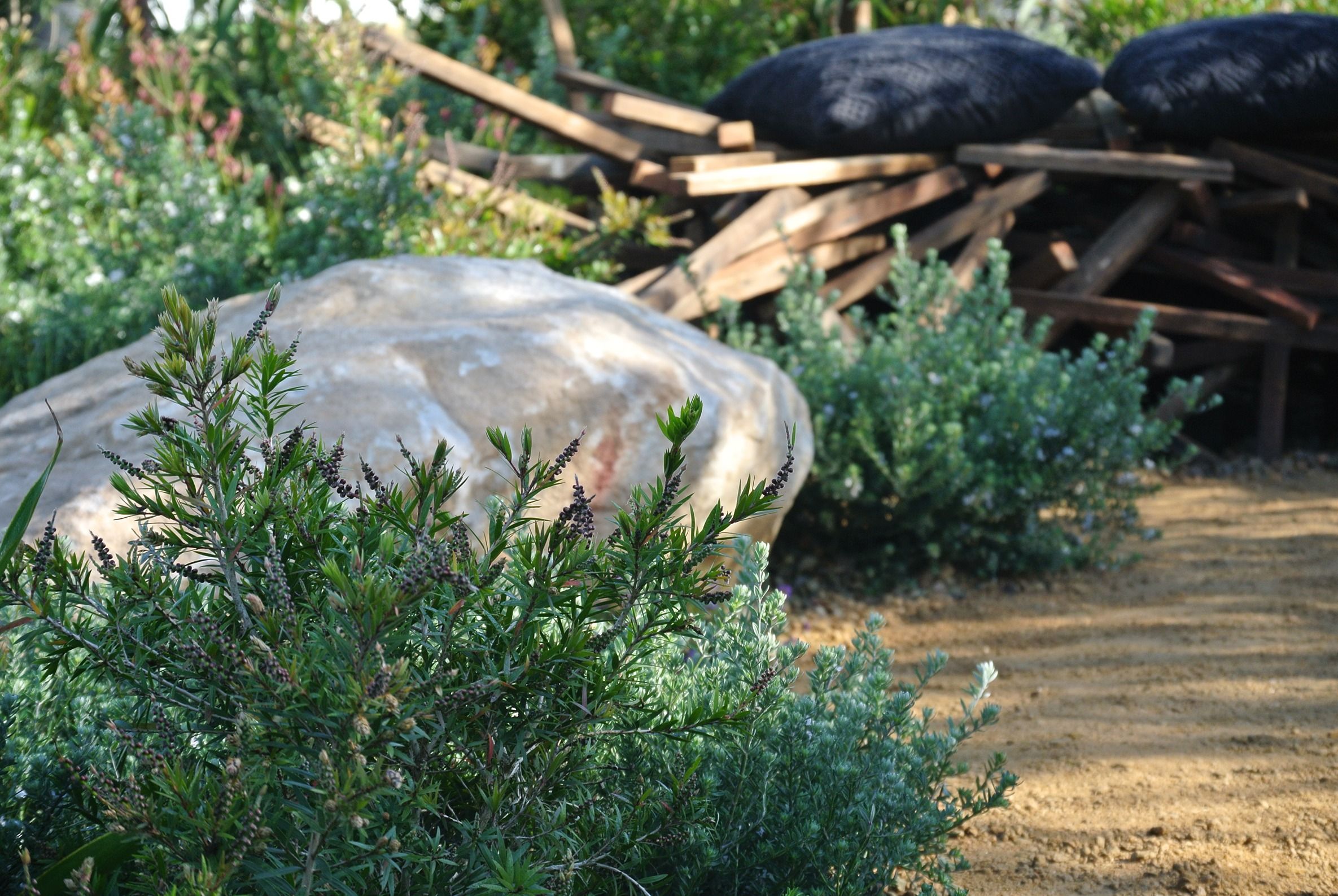Sustainable approaches to planting design

At LCGD we now run a series of sustainable design courses including a sustainability stream through our Planting Design Diploma. A key part of what we design into our gardens is the planting and there are many approaches we can take. It’s not sufficient to say here is a pretty flowering meadow that’s good for pollinators, we need to look further into what we are creating, explore and reveal the true impact that our work might have.
Here are some ideas that designers should consider.
1. Drought tolerance and waterwise planting
2. Use trees and plants to reduce energy costs e.g. place plants to make buildings cooler in the summer and warmer in the winter.
3. At the neighborhood scale, multiple residents using native plants on their property can help to build a network that supports biodiversity, pollinator health, and ecological restoration.
4. Indigenous plants are plants that grow naturally in your area. They have evolved with the local climate and the soil, so are usually perfectly suited to your environment.
5. Local plants are often low maintenance and thrive without the addition of fertilisers or pesticides and they provide food and shelter for native wildlife.
6. Native plants will use less fertilisers and pesticides, less water, promote biodiversity and provide food and shelter for wildlife.
7. You could remove or replace a lawn but many people want a lawn. They are beautiful, emotional things with value and you can do more to keep a lawn such as holding back on when you start and stop cutting, having some longer wildlife friendly grass areas in a larger lawn and use grey water or no water to irrigate it.